-
Mataranka and Elsey National Park
We arrived at Mataranka hot springs camping grounds late at night, put up the tent in the dark and went for a quick exploration walk to see what local wildlife was around. The air was laden with moisture – trademark of the tropical climate and I was hoping to find some new frogs. And frogs I found. They were everywhere around the camp site. Within 10 meters of our tent I found huge Northern Green Tree frogs (Litoria caerulea), Rocket frogs (Litoria nasuta), Roth’s tree frogs (Litoria rothii), Ornate burrowing frogs (Platyplectrum ornatum) and the inevitable Cane toads (Bufo marinus) that are steadily making their way across Australia wiping out native wildlife.
The showers were occupied byTop End dtella(Gehyra australis) – a small gecko with almost translucent skin and bright-red painted toenails.
Apart from frogs and reptiles there were two new mammals clearly dominating the landscape: Agile wallaby (Macropus agilis) on the ground and Little red flying fox (Pteropus scapulatus) making a racket up in the canopy. The Agile wallaby is perhaps the most common mammal in Australia’s Top End. They can be seen virtually anywhere: at camping grounds, out in the bush, in the paddocks and along the roads at night. The Little red flying fox is also quite common in the Top End. The population at Mataranka may count up to 200,000 individuals in some years.
In the morning the camp site was overrun by the wallabies. They were completely relaxed and for the most part ignored us humans.
The hot spring at Mataranka wasn’t particularly inspiring, so we packed up and went to Bitter Springs for something different. Bitter Springs are also located within Elsey National Park, but tend to receive fewer visitors and offer somewhat less disturbed surroundings.
The water at the Springs is amazingly warm, clear and inviting – the perfect opportunity to escape the humid heat of the day. The wild inhabitants of the area must be thinking the same thing. At one point I could hear something move on the opposite side of the pond. But as hard as I peered at the pile of dry palm leaves I could not see any shapes that looked out of place. Only when I looked through my 400 mm lens, did I see a large monitor that was practically the same colour as the leaf litter behind it. It was a very impressive Merten’s Monitor (Varanus mertensi) chewing on a crab.
A short walk along the stream turned upa White-bellied cuckoo-shrike (Coracina papuensis), White-gaped Honeyeater (Lichenostomus unicolour) and a beautiful Red-backed fairy wren (Malurus melanocephalus).
-
Katherine Gorge and Nitmiluk National Park
From Bitter Springs we headed out to Katherine Gorge, locally known by its Aboriginal name – Nitmiluk. The landscape has changed from burnt out decimated grazing lands of the Arid centre to greener woodlands dotted with giant termite mounds of various shapes and sizes.
Katherine is an uninviting little town with not much to look at. The only reason we stopped in town was to check out the colony of Little red flying foxes (Pteropus scapulatus) roosting in the tall eucalypts in the court house front yard. Unlike the Grey-headed flying foxes in Sydney, that hang off the tree branches like motionless sentinels, these bats had to continuously fan themselves with their membranous wings in order to stay relatively cool.
On the approach road to Nitmiluk we came across a spot of high bird activity. There were Red-winged Parrots (Aprosmictus erythropterus) and a young Collared sparrowhawk (Accipiter cirrocephalus) perched on the tree and a few Black (Milvus migrans) and Whistling kites (Haliastur sphenurus) soaring above.
Camp site at Nitmiluk has much better facilities than the one at Mataranka. There is also a decent visitor center. Typically, the main reason for visiting Nitmiluk is to take a cruise through the stunning scenery of Katherine Gorge, but in April the water still runs too fast and the flooding of the rainy season has not sufficiently subsided. So we explored the area on foot.
Plenty of birds could be found right at the camp site: Bar-shouldered dove (Geopelia humeralis),Silver-crowned Friarbird(Philemon argenticeps),Great bowerbird(Chlamydera nuchalis),Australasian yellow oriole(Oriolus flavocinctus),Red-winged parrot andBlue-faced honeyeater(Entomyzon cyanotis).
The walk along the river turned up: Agile wallabies, Forest kingfisher (Todiramphus macleayii), Collared lorikeet (Trichoglossus rubritorquis) and an elusiveOriental cuckoo (Cuculus optatus).
The night walk produced Rocket frogs, an exquisite Brown tree snake (Boiga irregularis) and a few Bush Stone-curlews (Burhinus grallarius), which are more often heard than seen – their chilling wailing cry unmistakable in the night.
The mornings at the camp site were announced by the calls of Blue-winged kookaburras (Dacelo leachii).
As much as I wanted to see some crocs, there were none to be found. Though there was no reason to be upset, as our next destination was Kakadu National Park – Australia’s crocodile capital!
Margarita Steinhardt
I am a wildlife ecologist by training but more of a naturalist by inclination. I have been photographing wildlife for a number of years, throughout my travels in Thailand, India, Africa, and Russia, as well as my life in Australia. What drives me is the excitement of a new destination and the new species to be discovered and photographed.

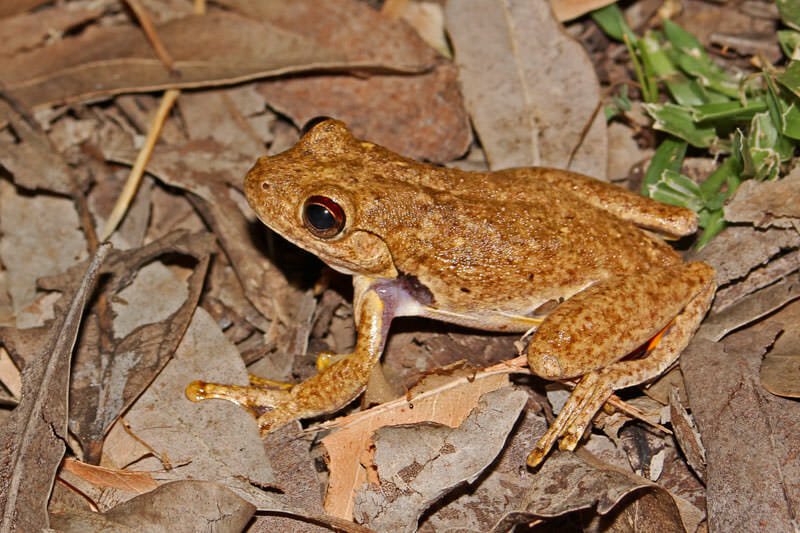
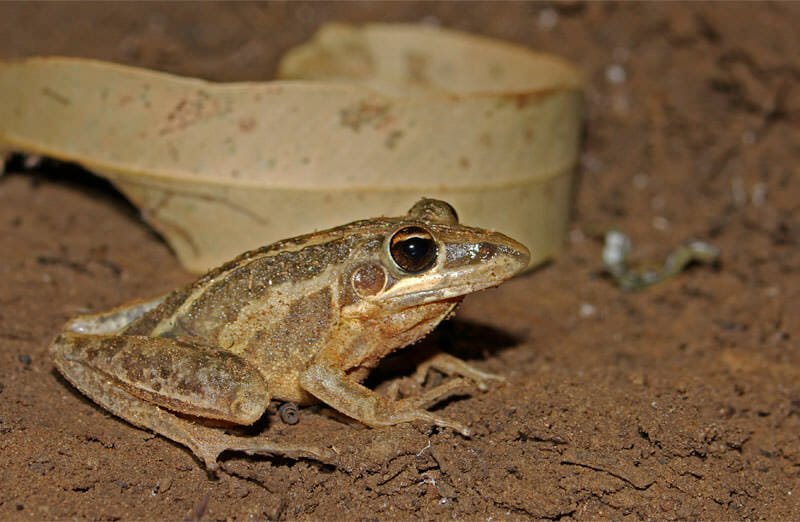
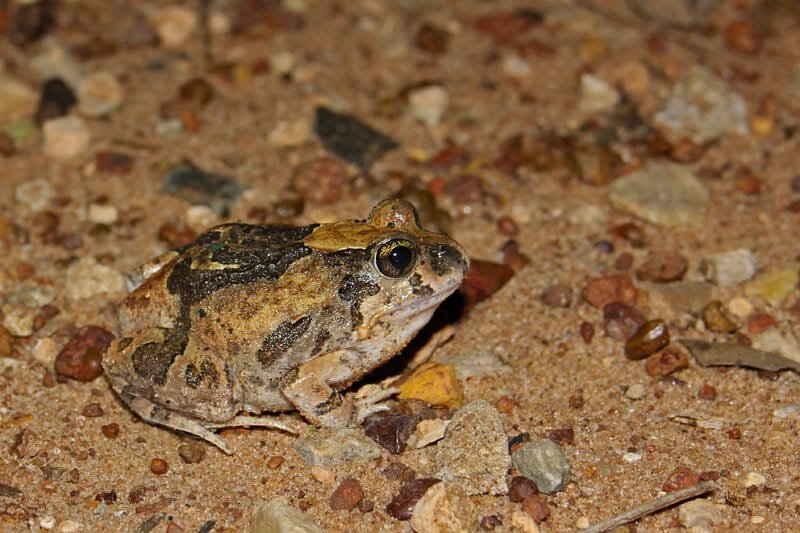
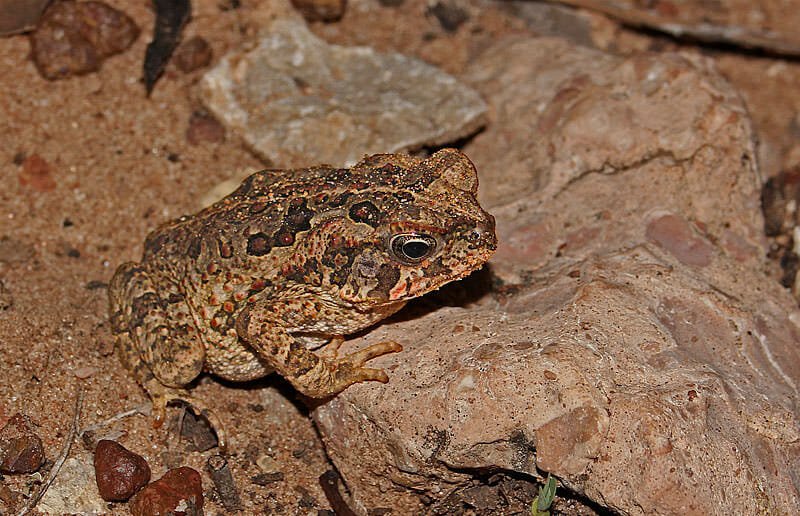
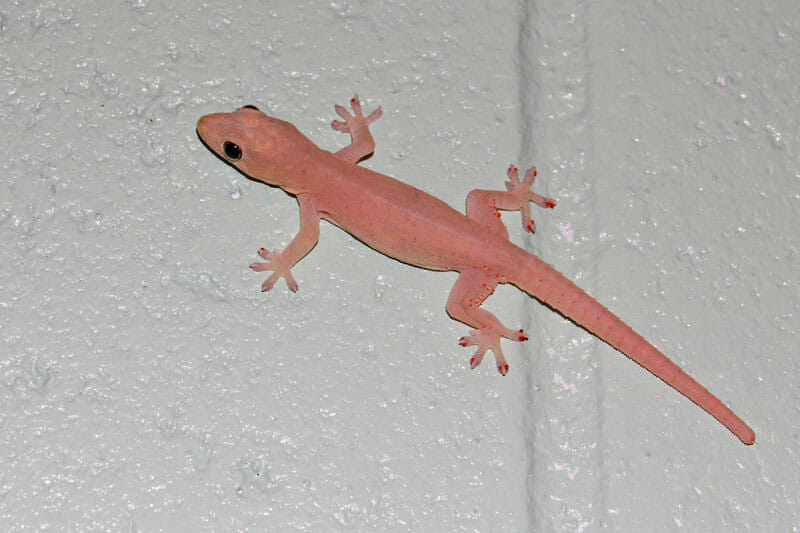



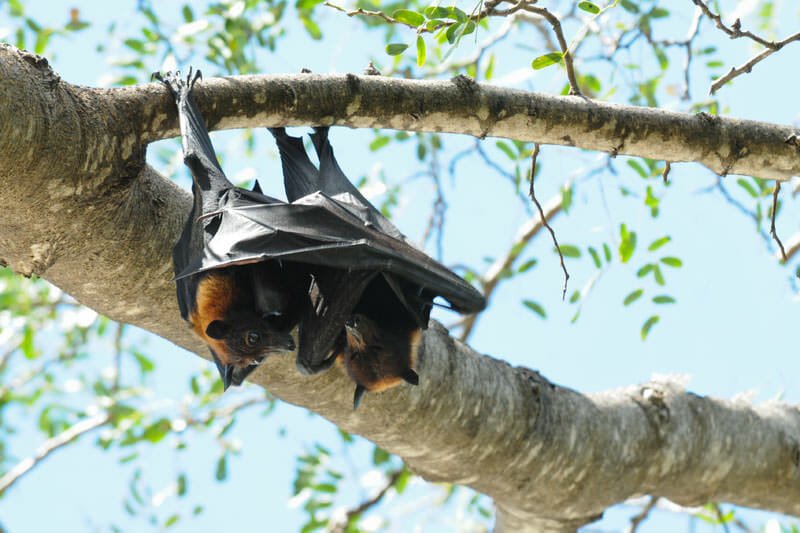
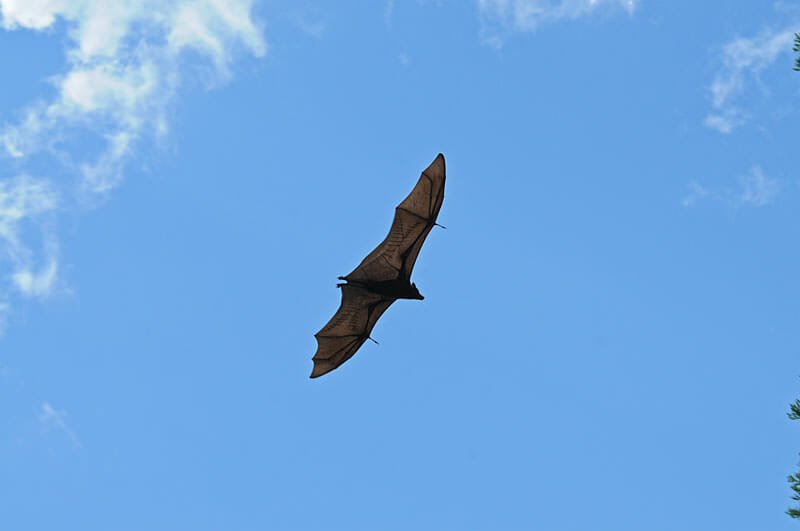








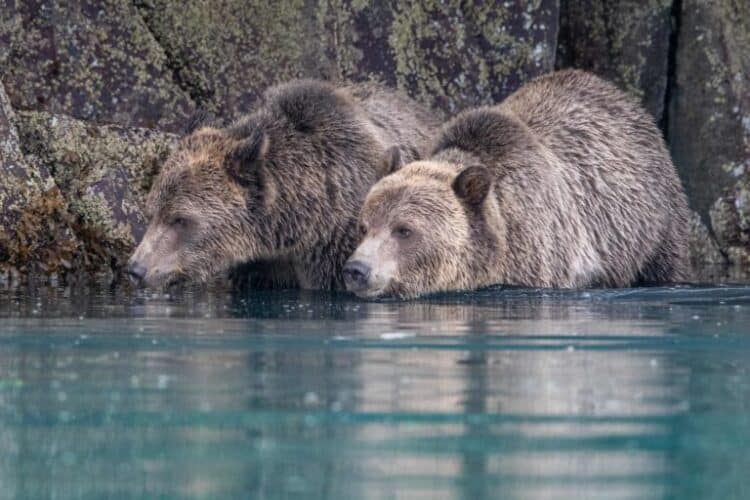
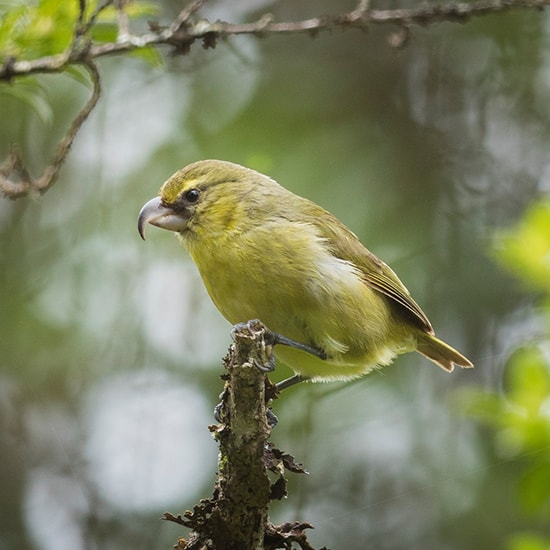
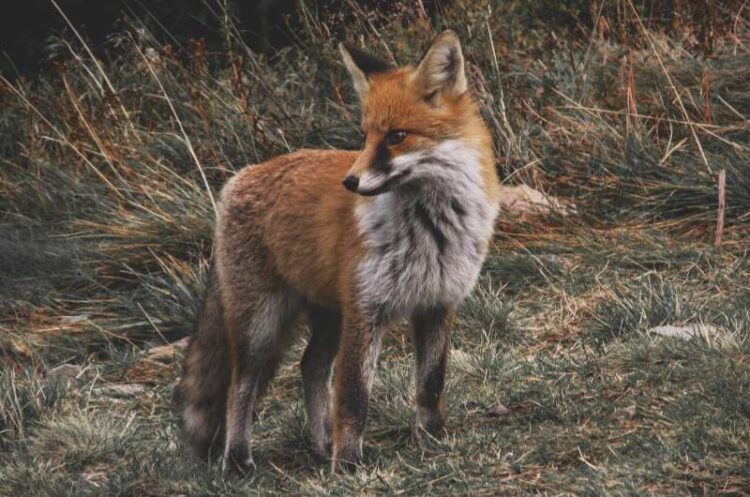
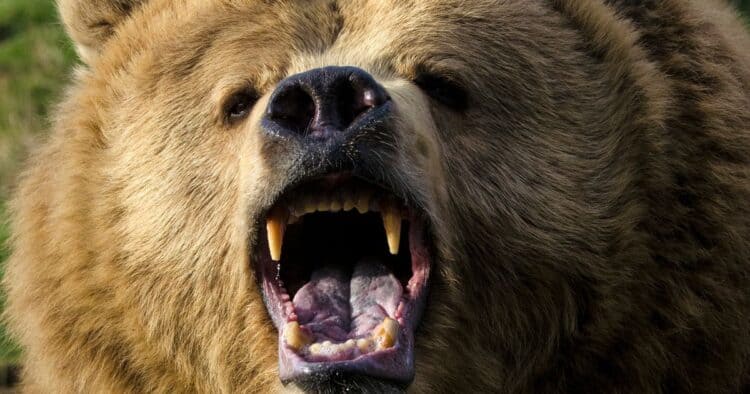
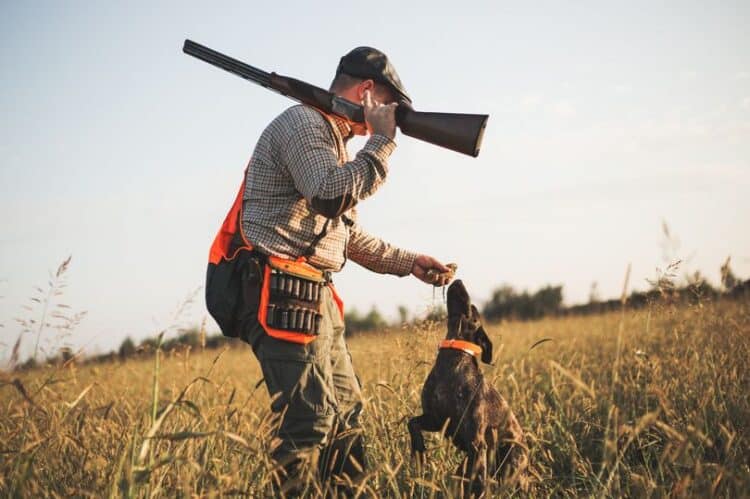
Leave a Reply